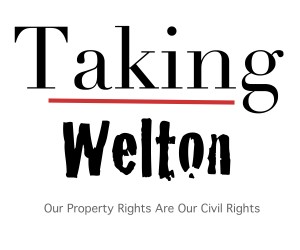Some Real Effects of Eminent Domain in New York City
“Our nation’s collective indifference to the effects of gentrification, the separation by neighborhood of people based on race, ethnicity or class is well known. The “not in my neighborhood” mindset, where homeowners place their property values over the well-being of the community, is common. It is so much so that many state and local governments have begun taking affirmative steps to further the gentrification of cities and neighborhoods, and one of the most alarming steps comes in the form of economic redevelopment of poorer and more vulnerable neighborhoods. Particularly in crowded urban centers, available prime real estate has diminished to the point where urban planners and politicians are electing to simply bulldoze and rebuild neighborhoods than invest in their revitalization.
This issue has become more real for the people of New York City, where it was once the case that the government could use its constitutional authority to take property from private owners for public works, such as highways or water treatment facilities, but today, the city’s takings authority has expanded. It has grown to include public/private partnerships where private capital drives investment in urban renewal projects. In New York City, among other places, over the past few years, private landowners have been forced to sell their property through the state power of eminent domain. Unlike the past, however, these landowners were not displaced to make room for a new highway, but instead for building projects like the Barclay’s Center in Brooklyn and the northward expansion of Columbia University in Manhattan. And in both of these building projects, those who were displaced were private landowners of modest means, who saw their neighborhoods declared “blighted” by the government agency charged with authorizing these takings.”
Chiaravalloti, Nathaniel. The Jurist 24 September 2013.
